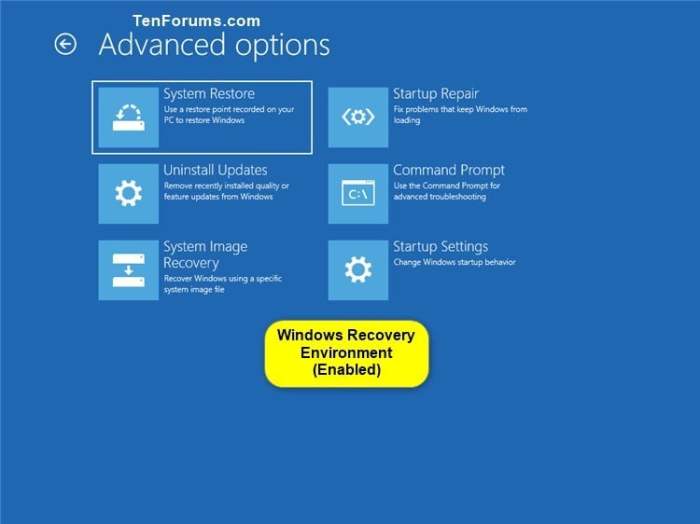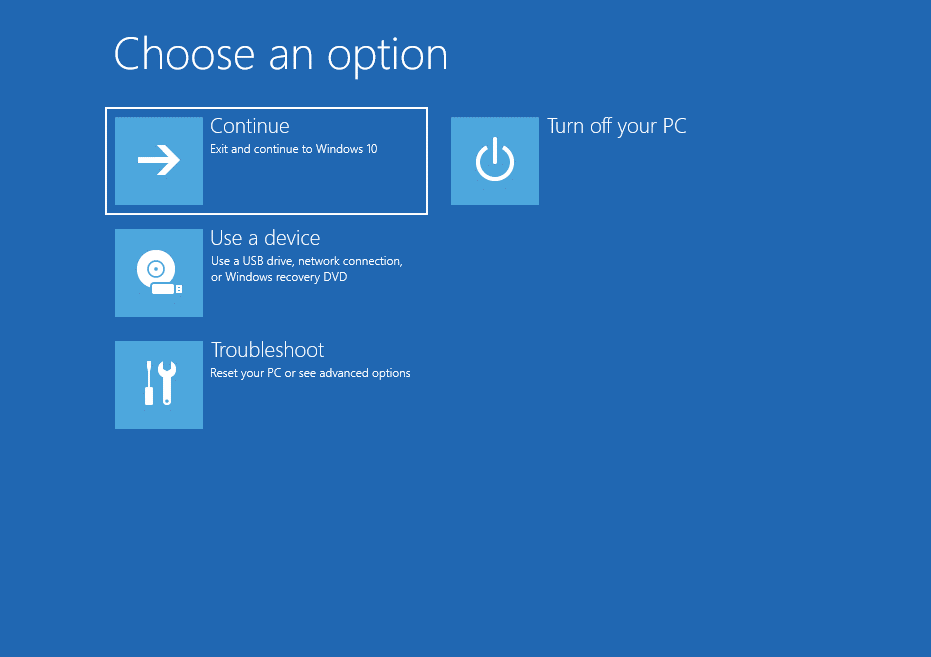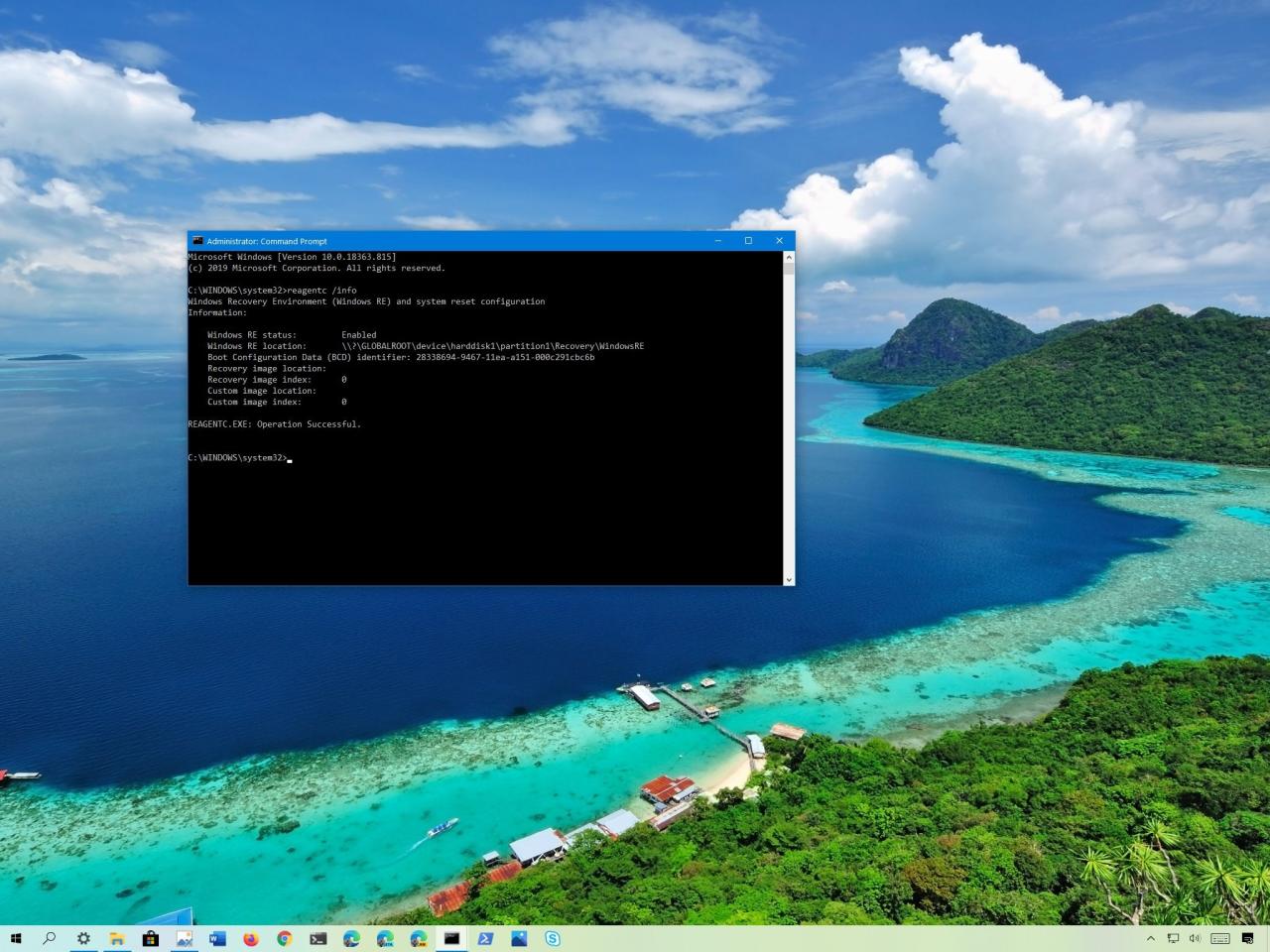StorageCraft Recovery Environment for Windows, a robust and feature-rich recovery solution, empowers users to restore their systems and data from a wide range of catastrophic events. This comprehensive guide delves into the key capabilities, system requirements, deployment, and usage of this essential tool, providing a thorough understanding for seamless recovery operations.
StorageCraft Recovery Environment for Windows stands as a cornerstone of data protection, enabling rapid recovery from boot failures, data loss, hardware malfunctions, and more. Its intuitive interface and advanced recovery methods empower users to restore their systems and data with confidence.
Introduction to StorageCraft Recovery Environment for Windows

StorageCraft Recovery Environment for Windows is a comprehensive recovery solution designed to restore and repair Windows-based systems in the event of a system failure, data loss, or hardware malfunction. It provides advanced recovery capabilities and a user-friendly interface to facilitate efficient recovery operations.
Features and Capabilities
StorageCraft Recovery Environment for Windows offers a range of recovery features, including:
- Image-based recovery: Restores an entire system image to a new or existing hard drive.
- File-level recovery: Recovers individual files and folders from a backup.
- System repair: Troubleshoots and repairs common system issues, such as boot failures and registry errors.
- Data migration: Transfers data between drives and partitions.
- Hardware diagnostics: Tests hardware components for potential failures.
System Requirements and Compatibility

StorageCraft Recovery Environment for Windows requires the following system specifications:
- Windows 7 or later
- x86 or x64 processor
- 2GB of RAM
- 10GB of free disk space
- DVD or USB drive for recovery media
Deployment and Usage
To deploy StorageCraft Recovery Environment for Windows:
- Create a bootable USB or DVD recovery media using the StorageCraft Recovery Environment Builder.
- Boot the affected system from the recovery media.
- Select the desired recovery option from the user interface.
Recovery Methods
StorageCraft Recovery Environment for Windows provides several recovery methods:
- Image-based recovery: Restores a system image created using StorageCraft backup solutions.
- File-level recovery: Recovers individual files and folders from a backup or a mounted drive.
- System repair: Troubleshoots and repairs system issues using built-in diagnostic tools.
Backup and Restore
StorageCraft Recovery Environment for Windows integrates with StorageCraft backup solutions, allowing users to:
- Create backups of the system and data.
- Restore backups to the original or a new system.
- Manage and verify backup integrity.
Troubleshooting and Support

If you encounter issues while using StorageCraft Recovery Environment for Windows, you can refer to the following resources:
- StorageCraft Knowledge Base: https://knowledgebase.storagecraft.com/
- StorageCraft Support: https://support.storagecraft.com/
Quick FAQs
What are the key features of StorageCraft Recovery Environment for Windows?
StorageCraft Recovery Environment for Windows offers a range of advanced features, including image-based recovery, file-level recovery, system repair, and integration with StorageCraft backup solutions.
What are the system requirements for running StorageCraft Recovery Environment for Windows?
StorageCraft Recovery Environment for Windows requires a minimum of 512MB of RAM, a 1GHz processor, and a compatible operating system (Windows XP or later).
How do I deploy StorageCraft Recovery Environment for Windows?
StorageCraft Recovery Environment for Windows can be deployed by creating a bootable USB or DVD recovery media. The recovery environment can then be accessed by booting the system from the recovery media.